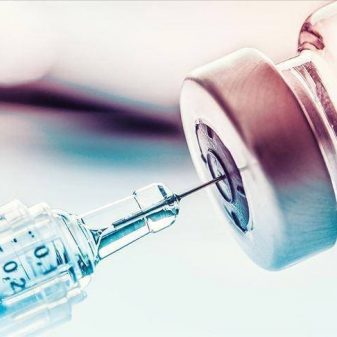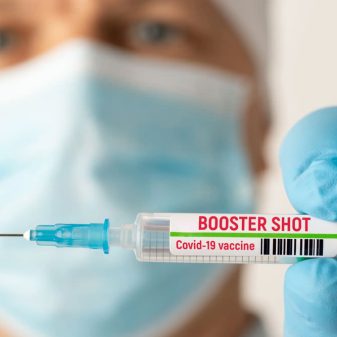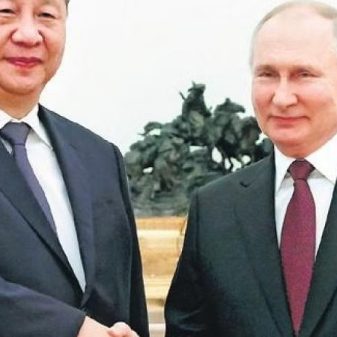
Recently, a team of the Manipur Pradesh Congress Committee has questioned the logic of having a gap of 12-16 weeks in between Covid-19 vaccine shots cynically pointing out that Prime Minister Narendra Modi received his second within a month. The matter was raised in a memorandum on the handling of the Covid-19 situation by the BJP led government submitted to the governor of Manipur Dr Najma Heptullah by the Congress team led by former chief minister Okram Ibobi Singh. The matter immediately struck a chord with hundreds of people in the state who had taken the initial dose and were waiting for the second dose as there are unclarity and anxiety over the long wait. Quoting some studies, some media reports also stated that it would be better to shorten the gap between two vaccines, in light of the variants in circulation. So, why make the people wait for months. Dr V K Paul, Member (Health), NITI Aayog has assured that there is no need for panic or the need for an immediate change in the dosage interval. But, if the efficacy of the drug is not disturbed by the length of the gap, there is a question coming off and on in the mind whether it would be possible to acquire the second dose on our money in a private hospital. Dr Paul stated there is no need for any panic, suggesting need for immediate switchover or change in the gap between the doses. All these decisions must be taken very carefully, he said, and bring the picture of a nationwide consistency of getting the vaccine. While admitting to the general fear that when we increased the gap, we had to consider the risk posed by the virus to those who have received only one dose, he made the counterpoint that more people will then be able to get the first dose, thereby giving a reasonable degree of immunity to more people. The Centre has emphasised the need to balance these concerns. The need to necessarily have this debate and discourse in the public domain was understood but it reminded that the decision was taken by appropriate fora comprising eminent people who are knowledgeable about this.
Interestingly, when the United Kingdom had kept the gap at 12 weeks the Indian government did not consider the long period safe at that time. As the matter has not been addressed properly by health experts in our state or any of the close aides of chief minister N Biren, people who are mystified by the gradual extension of gaps between the vaccines have been wondering whether the thing is happening due to shortage of the vaccine stock. Dr Paul clarified that the delay of the second doses upto 16 weeks was not due to shortage of vaccines but based on scientific evidence and the decision was taken by consensus by a group of experts. When the vaccination process started all over the world, the standard protocol of vaccine administration was between four to six weeks. UK was one of the first countries to delay the second dose, at which point of time the Indian government decided not to follow suit. The latter’s initial recommendation was 4-6 weeks. But, the increase to 6-8 weeks was based on newer evidence and now evidence has shown that delaying the second dose upto three months has seen upto 85 percent protection against severe diseases. The assurance of an increase in degree of protection from an infection will no doubt give people who had had one dose make the wait more worthy and tolerable now. It will make them more willing to continue the precautions, including the masking, the physical distancing, washing hands and not gathering in groups.
Another concern raised by the Congress in the memorandum was the slow pace of the vaccination programme and the poor coverage of the population between 18 and 44 years. According to the official bulletin, the average daily dose covered across the nation has climbed by just one lakh during the following fortnight after the figure referred in the memo submitted was prepared. However, the daily rate as well as coverage of the 18 years to 44 years bracket is certainly bound to increase as the cap on the number of beneficiaries who can get Covid-19 vaccine jabs at a centre in a day has been removed under the Liberalized and Accelerated Phase-3 Strategy of Covid-19 Vaccination. After the relaxation of this limit, even districts are in a position to set their own targets per session according to the available vaccine stock, logistics and manpower, according to Dr N Shamjai, state director of National Health Mission. There are also plans to expand the number of COVID Vaccination Centres (CVCs) and create a separate session site for the age group 18-44 years as per the demand. So far in Manipur, 86,143 in the 18-44 years bracket have received their first dose by Saturday. The state government has further announced the ramping up of vaccination programmes all across the state which is in line with our expectations. Manipur which has crossed the five lakh vaccination doses mark is doing better than neighbouring states like Mizoram and Nagaland as well as meghalaya but behind Tripura. But, in the near future, the health department should aim to surpass its own targets which should be a possibility if strict abidance is ensured to its newly announced ramp up plans as they are very robust, exciting and enterprising.





